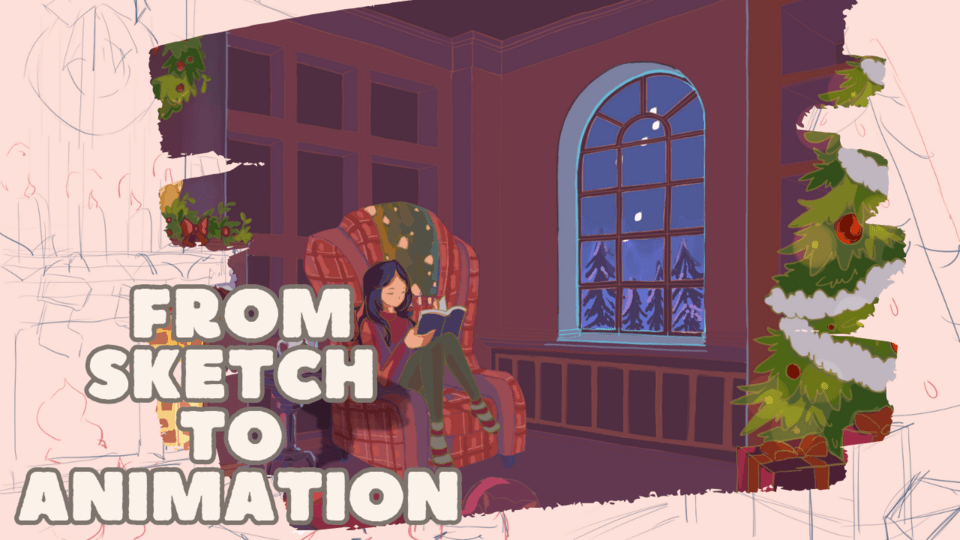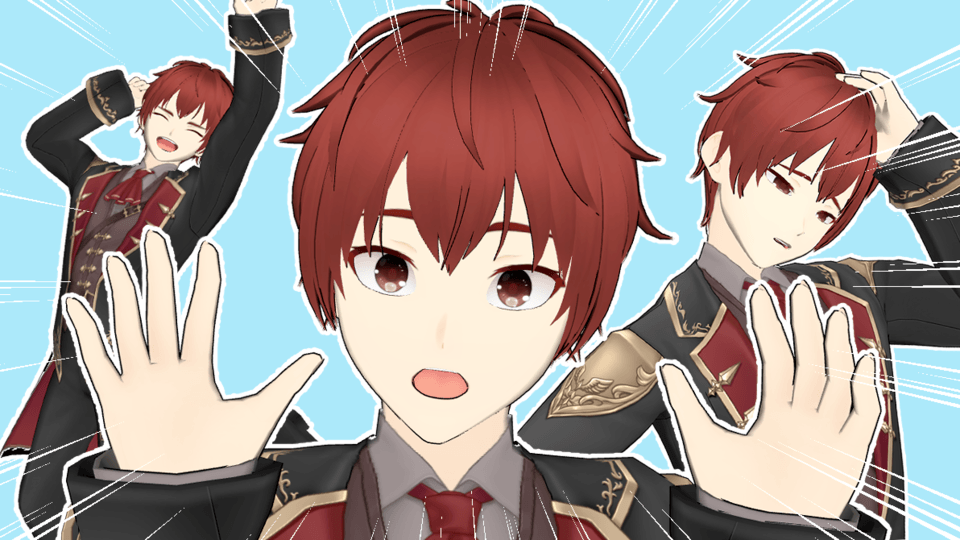HOW TO DRAW THE ULTIMATE DRAGON!
In five easy steps I will show you how to make the ULTIMATE, or very cool Western-style dragon!
I will:
-Explore common dragon types!
-Show how I used silhouettes to quickly thumbnail and determine the shape of my dragon!
-Discuss the setting for the dragon and what that means for your design!
-Move into the importance of scale when drawing a dragon.
-Give tips for making the dragon look like a dragon, and an ULTIMATE one at that!
STEP 1: Consider the Dragon Types!
There are many types of dragons, too many for me to cover in this tutorial. Don’t despair. There’s an easy hack to this problem. Limit your options! Generally, it’s safe to say that there are two main types of dragons that all other dragon designs stem from. These are the “Asian” style dragon and the “Western” style dragon.
Let’s look at some differences in the two types. We will compare SHAPE, COLOR, & GENERAL ATTRIBUTES.
Consider the Asian style dragon. It is long and snake like in shape. They are often golden or red in color. They have mustaches and beards and their horns are shaped like the antlers of a deer. Its hands and feet are small and don’t look very efficient for running. Lastly, although they are often depicted flying, notice that they don’t have wings.
Now consider the Western style dragon. In contrast to the Asian style, its body is plump and pear shaped. Western dragons can be many different colors. In fairy tales they are often green, like this one here. This dragon has little arms but its legs have some weight to them. The feet are kind of big too, disproportionate to the hands. It looks little bit like a T- Rex! Anyway, this one’s horns are long and come to a point like a goat. It has bat(ish) wings, although they look a little too small for flying. Who cares! Dragons are magical so they defy physics!!!
STEP 2: Western Dragon. Determine the Shape!
There is more to say about both types of dragons but we focusing on the Western style, so let’s explore further with this type of dragon.
Firstly, when considering the shape of the dragon we have many options. Western dragons come in many forms but all of them are based on a real animal shape. Historians have said that dragon legends may have come from European travelers’ sightings of reptile species not native to their homeland. Animals can seem monstrous and dangerous when you’re not familiar with them.
I’m a cat lover and I’ve never owned a dog. Dogs scare me sometimes. If I’m scared of dogs what do you imagine I might think of a crocodile if I’d never seen one before?!
Dragon legends may have been based on real-life animals, so I made some silhouettes based on animals to get us started. I kept the basic features of a Western dragon in mind when making my silhouettes. Overall body shape, wings, horns… that kind of thing.
Dragons vary in body shape but to stray too far might end up not looking ULTIMATE. For example, basing a dragon on a bee would be just plain weird!
Silhouettes are a great way to get the creative juices flowing and it will help you decide what shape you want without getting caught up in the details. It’s a fast way to get your ideas out of your head and onto the page!
In the end, I took my favorite features from the shapes I’d made and then I cut them up and pasted them together. The image below was the shape I based my final sketch on!
Step 3: Setting? Or, The Attributes of the Dragon.
You want to make a really cool, or ULTIMATE dragon, right? So you need to determine what features the dragon will have. Western dragons typically mirror the attributes of their environment. Ask yourself, what makes your dragon unique? Where does it live? How is it suited to its environment? Can you use the environment to inspire special abilities or attributes that you may assign to your dragon?
In my example, I chose to make a Cave Dragon, or a dragon that lives in a cave. I thought it would be cool to make a dragon that lives in a relatively cramped space. That would make the dragon seem even bigger, and more impressive. This was one of my first sketches.
Step 4: Scale!
Dragons are usually big, and an ULTIMATE dragon certainly should be! This is no “pet” dragon. When considering scale think of what I said about caves being cramped. I used this to my advantage when sketching my drawing. I wanted the dragon to fill the space. In order to achieve the look of a large, impressive dragon it’s not enough to make the dragon dominate the page. We need to include elements which indicate a hierarchy of scale. The dragon needs to be high in the hierarchy, only eclipsed by the cave. The dragon needs to fit in the cave after all!
This was my next addition. Heroes!
Compared to the dragon, the heroes are tiny. They are small in scale, so now our dragon looks even larger!
I used the Perspective Transform tool and the Mesh Transformation tools several times with the elements in my picture to get the dragon looking large and formidable in contrast to the heroes. Both tools can be found under the Edit>Transform menu. After selecting your object:
For Perspective select Edit>Transform>Perspective
For the Mesh tool select Edit>Tranform>Mesh Transformation…
You can see from the above iteration of the dragon that I altered my sketch several times before I came up with a version I was happy with.
Step 5: Make the Dragon Dragony! And ULTIMATE!
Finally, in my finished color illustration I will point out choices that I made to make my dragon seem like, well, a dragon!
1. You can see that I added scales and natural armor plating. I did this partially by using lines to delineate where the scales, and/or plating should go. I also used color variation to indicate how and where they were they were separated.
2. You may have noticed in my finished sketch that the dragon is standing on skulls! Human remains are often kept underground, like the Catacombs of Paris which are subterranean tunnels filled with human skulls. I thought it would be really cool to have a Cave dragon that hoards human skulls instead of treasure!
3. Remember what I said about a special ability? I gave the dragon glowing eyes because I thought that would come in handy for a creature that lives in a dark place. Plus it looks spooky! I put a red tint in the light to make the dragon’s eyes more menacing!
4. I chose a greyish purple color for the dragon, as I thought it was fitting for the cave environment, but I also used a pinkish, fleshy red as an accent color. Real-life lizards can be quite colorful. Not only do they have different colored scales, but their scales are reflective and take on the colors of things in their environment. For this reason I used blended the purples and pinks to represent shifts in lighting, and to bring out colors of the cave surrounding the dragon.
I hope you have found this tutorial helpful and inspiring. Please message me if you have questions or want to share your ULTIMATE ideas with me! Contact me by responding to this post or dm me on Instagram.
Find me on Insta @thom.dyrpg or click on the link below.




















Comment